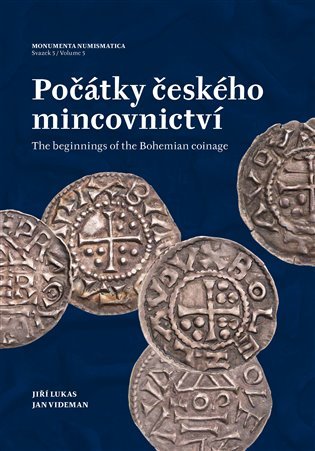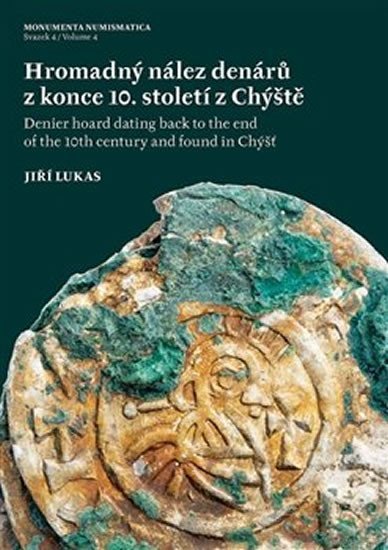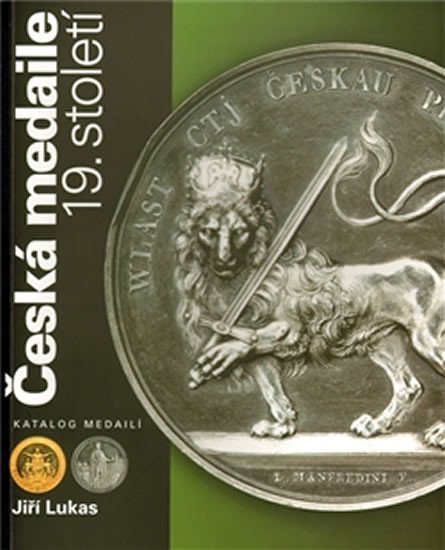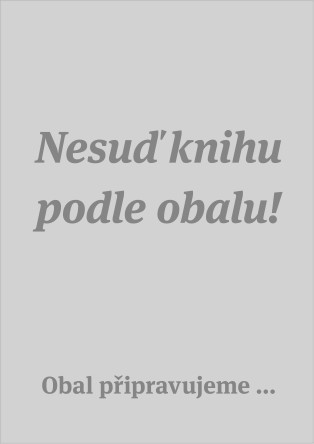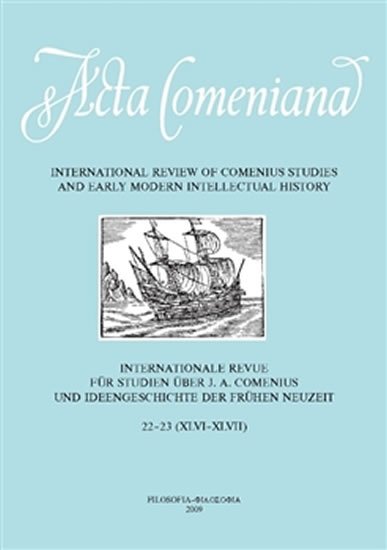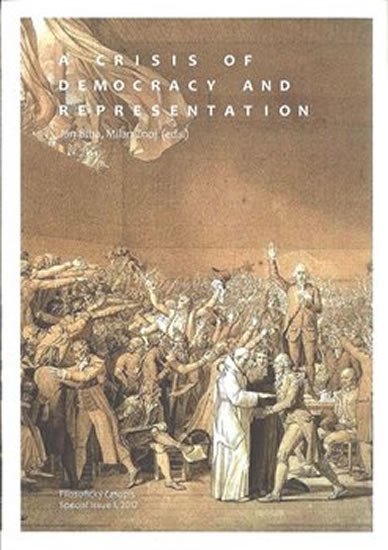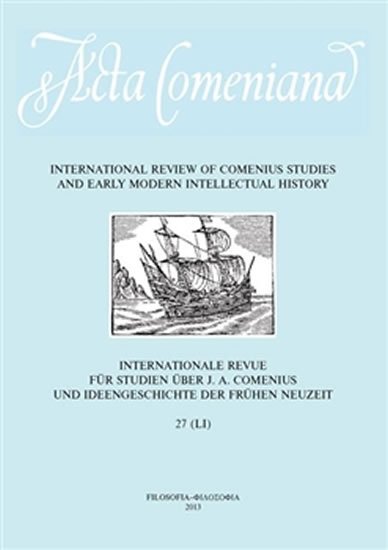
Počátky českého mincovnictví / The Begi
Knihu koupíte v
1 e-shopu
od
797 Kč
Pokud se vám po kliknutí na tlačítko "Do obchodu" nezobrazí stránka knihy ve vybraném e-shopu, je třeba vypnout AdBlock ve vašem prohlížeči pro naši stránku.
Návod na vypnutí je například na adrese https://o.seznam.cz/jak-vypnout-adblock/#1.
Krátký popis
Ražba mince, jako základního platebního prostředku v rámci domácí i
zahraniční směny, je v období raného středověku chápána jako jeden
ze základních atributů státnosti. Otázkám spojeným se zahájením
českého mincovnictví je věnována pozornost našich i zahraničních
badatelů již bezmála 250 let. Hledání počátků ražby domácí mince
připomíná detektivní příběh s množstvím indicií, ale jen s
nepatrným množstvím přímých důkazů. Základním pramenem poznání
nejen počátků českého mincovnictví, ale rovněž ekonomických procesů
probíhajících v rámci širšího prostoru raně středověké střední
Evropy, zůstávají, při nedostatku písemných pramenů, nálezy mincí.
Ty jasně dokládají, že již před zaražením domácí mince byla v
obchodním styku v Čechách využívána s rostoucí intenzitou mince
cizí. V průběhu 9. století to byly denáry ražené v mincovnách
karolínské říše, od počátku 10. století mince z bavorských
mincoven. Jsou důkazem, že se Čechy postupně stávaly součástí
širšího ekonomického prostoru západní Evropy. Je proto logické, že
rostoucí moc přemyslovského státu a jeho politické a kulturní
ukotvení vedly v určitém okamžiku vývoje k nutnosti zahájení ražby
vlastní mince. Kniha Jiřího Lukase a Jana Videmana přináší nový
pohled na užívání a funkci ražené mince v Čechách v průběhu 9. a
10. století a na základě prokazatelných skutečností odpovídá na
otázky spojené se zaražením domácí mince. Koriguje rovněž některé
obecně přijímané téze a staví před čtenáře nový obraz počátků
českého mincovnictví. Její významnou součástí je vedle detailního
soupisu a popisu raně středověkých mincovních depotů, ukrytých v
průběhu 50.–70. let 10. století v oblastech střední a severní
Evropy, rovněž katalog českých denárů tzv. staršího
bavorsko-švábského (devítibodového) typu, ražených v Praze v
průběhu 70. let 10. století. **********************************
Minting coins, as a basic means of payment within both domestic and
foreign exchange, is understood as one of the basic attributes of a
statehood in the period of the Early Middle Ages. It is therefore
not surprising that the issues associated with the launch of the
Bohemian coinage have been the focus of both our and foreign
researchers for almost 250 years. The search for the beginnings of
the local coinage reminds a detective story with many clues, but
only a small amount of direct evidence. The basic source of
knowledge not only of the beginnings of the Bohemian coinage, but
also of economic processes taking place within the wider area of
early medieval Central Europe, remain, in the absence of written
sources, coin finds. These clearly prove that even before the
domestic coin was minted, foreign coins had been used in trade in
Bohemia with increasing intensity. During the 9th century, these
were the deniers from the mints of the Carolingian Empire and from
the beginning of the 10th century, coins from the Bavarian mints.
They prove that Bohemia gradually became part of the wider economic
area of Western Europe. It is therefore logical that the growing
power of the Přemyslid state and its political and cultural
anchoring led, at a certain point of development, to the need to
start minting its own coin. The book by Jiří Lukas and Jan Videman
brings a new perspective on the use and function of coins in
Bohemia during the 9th and 10th centuries and, based on
demonstrable facts, answers questions related to the start of the
local coinage. At the same time, it corrects some generally
accepted theses and presents the reader a new image of the
beginnings of the Bohemian coinage. In addition to a detailed
inventory and description of early medieval coin hoards, hidden
during the 950s and 970s in the areas of Central and Northern
Europe, its important part is also a catalogue of the Bohemian
deniers of the so-called older Bavarian-Swabian (nine-point) type,
minted in Prague during the 970s.
Vývoj ceny
Aktuální Ø cena knihy Počátky českého mincovnictví / The Begi je 799 Kč
Výběr knih autora
Jiří Lukas
Zobrazit všechny knihy autora
Jiří Lukas
Výběr knih vydavatele
Filosofia
Zobrazit všechny knihy vydavatele
Filosofia
Naše tipy
- Právě probíhající akce a slevy na knihy
-
Slevový kód
DOPZDA25AFKDKnihydobrovsky.cz | do 07.12.2025 -
Knihydobrovsky.cz | do 12.12.2025
-
Knihydobrovsky.cz | do 17.12.2025
-
Knihydobrovsky.cz | do 24.12.2025
-
Knihydobrovsky.cz | do 24.12.2025
-
Bookshop.cz | do 31.12.2025
- zobrazit všechny akce
